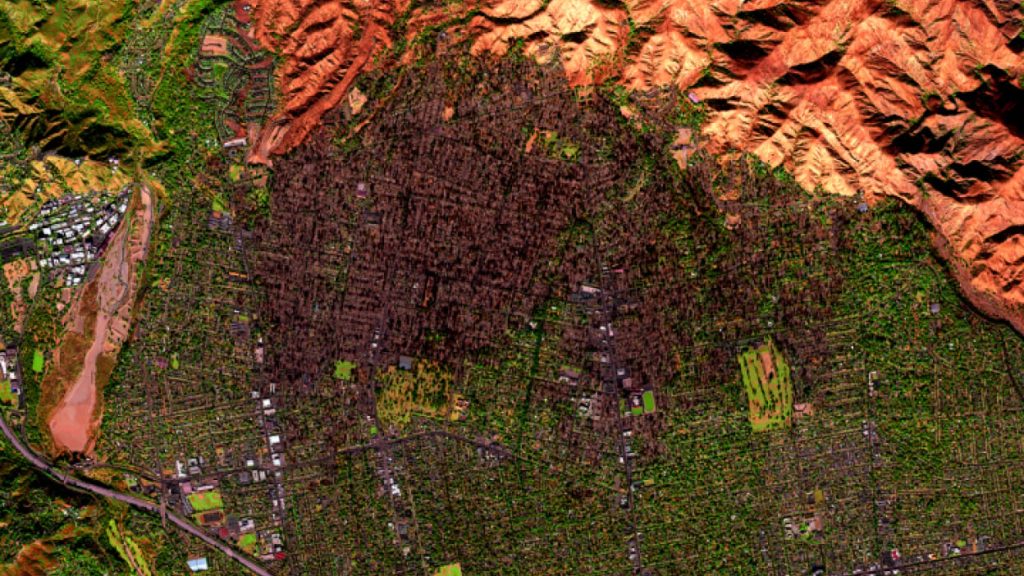Extreme wildfire is a driverless car. And it veered close to a major NASA center.
After erupting in wooded hills outside of Los Angeles’ community of Altadena, the Eaton Fire — one of the damaging conflagrations impacting the region — catastrophically burned through homes and businesses, destroying 4,627 structures as of Jan. 15. The catastrophe has injured firefighters and taken lives. A NASA instrument, riding in an airplane, has captured a stark view of the burned area — and reveals how close it came to NASA’s legendary Jet Propulsion Laboratory.
The lab closed on Jan. 8 as the area was evacuated during critical fire conditions. It’s responsible for building and leading such missions as Voyager, the Mars rovers, and endeavors around other worlds.
The view below shows the impacts as of Jan. 11, when the fire had burned 14,117 acres. You’re seeing an image captured by NASA’s AVIRIS-3 instrument, or Airborne Visible/Infrared Imaging Spectrometer-3, which flies aboard high-altitude aircraft on Earth observation missions.
– The impacted neighborhoods, with charred trees and burned buildings in Altadena and portions of adjacent communities, are shown in dark brown.
– The burned wildland areas, where the fire (the cause of which is under investigation) started, appear in orange.

Credit: NASA / Airborne Visible Infrared Imaging Spectrometer-3 (AVIRIS-3) / Lauren Dauphin
As the image above shows, fire came within about 1 kilometer, or 0.6 miles, of JPL.
Conditions were ripe for flames. A notably hot summer parched vegetation — July 2024 was California’s hottest month on record — combined with a near-record dry fall and then a potent windstorm to drive fire and far-traveling embers into urban areas.
With vegetation turned to kindling, the flames couldn’t be stopped.
The JPL campus has so far remained unscathed. But not so its employees.
“Thankfully, the laboratory remains untouched by fire due to the brave dedication of our first responders,” the center recently posted online. “But our community has been seriously impacted with over 150 JPLers who have lost their homes, and many more remain displaced.”
Topics
NASA

